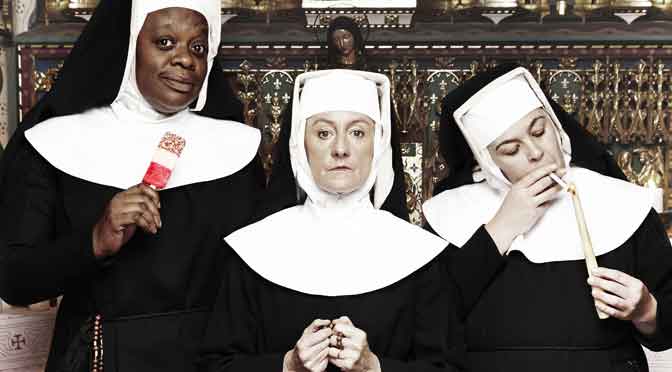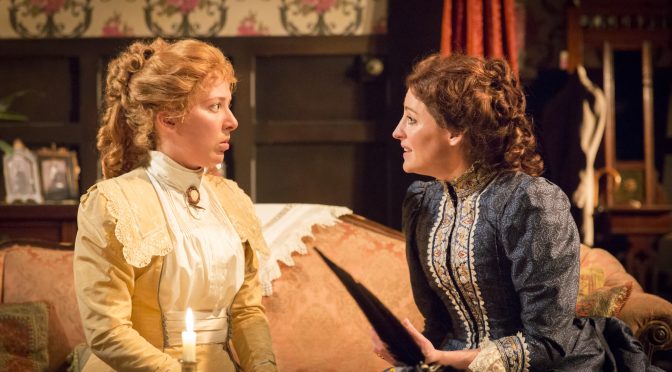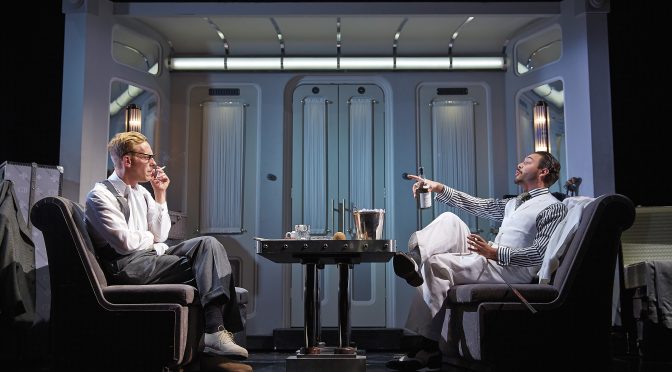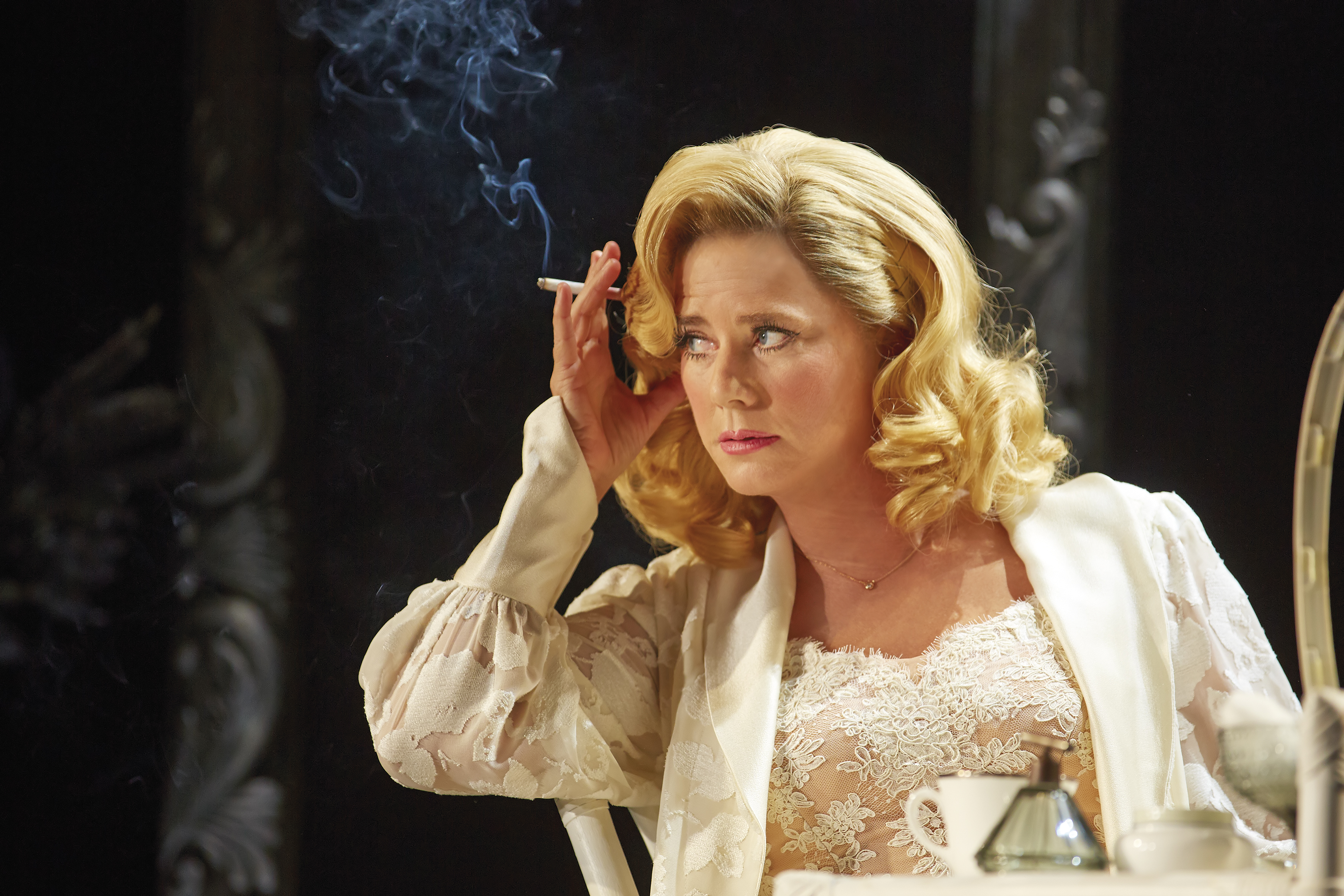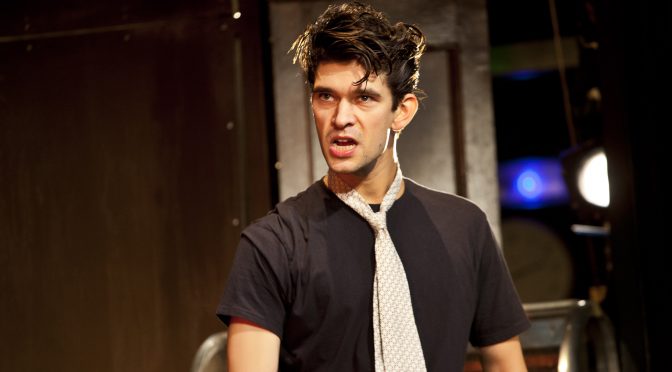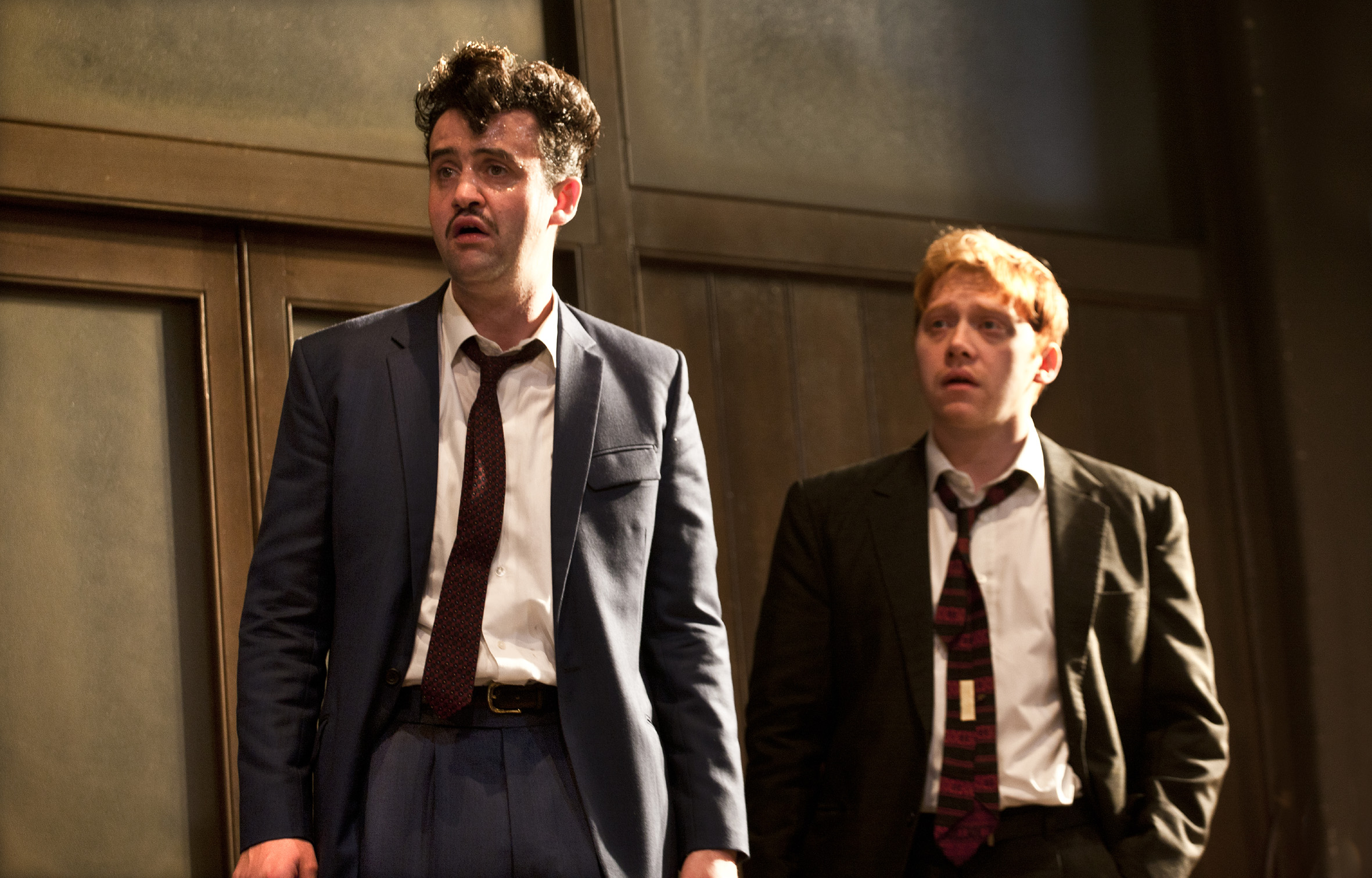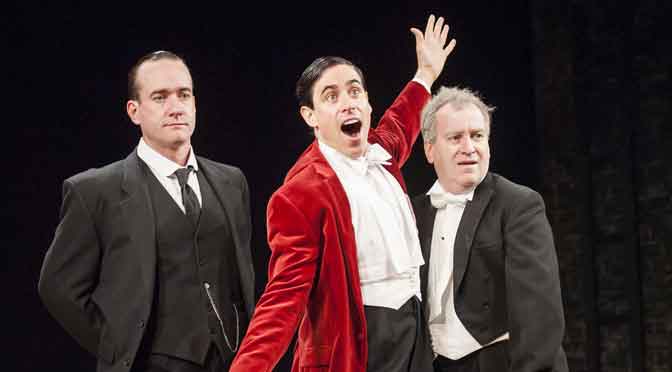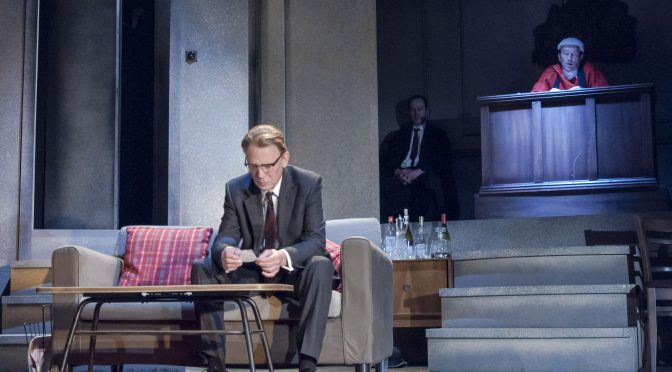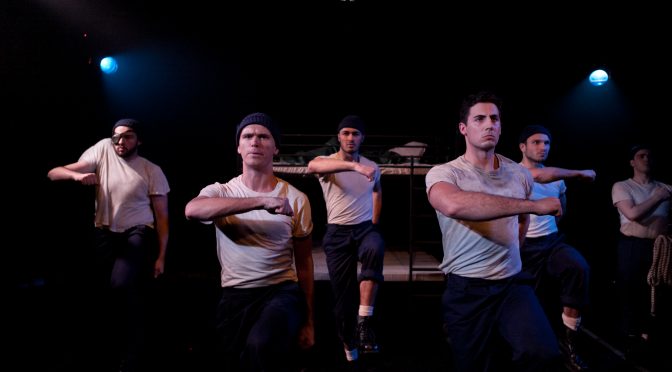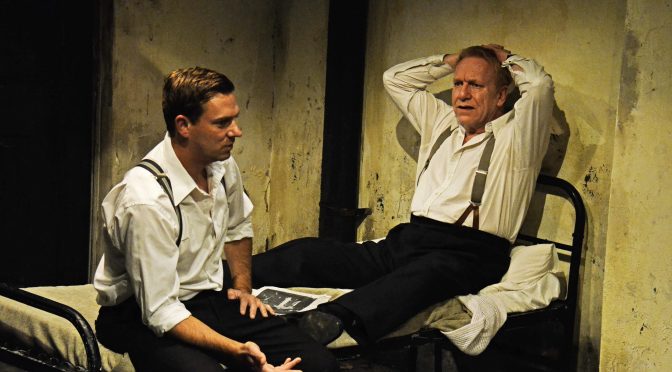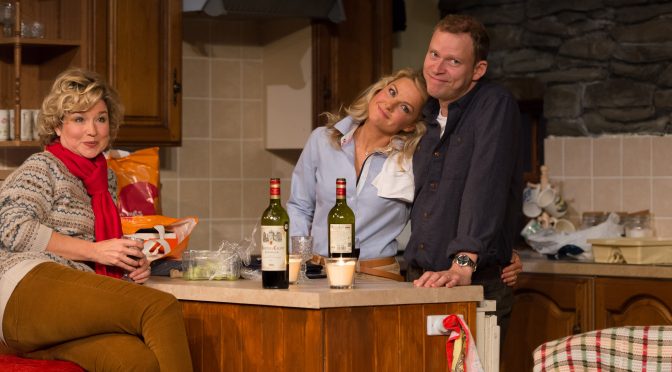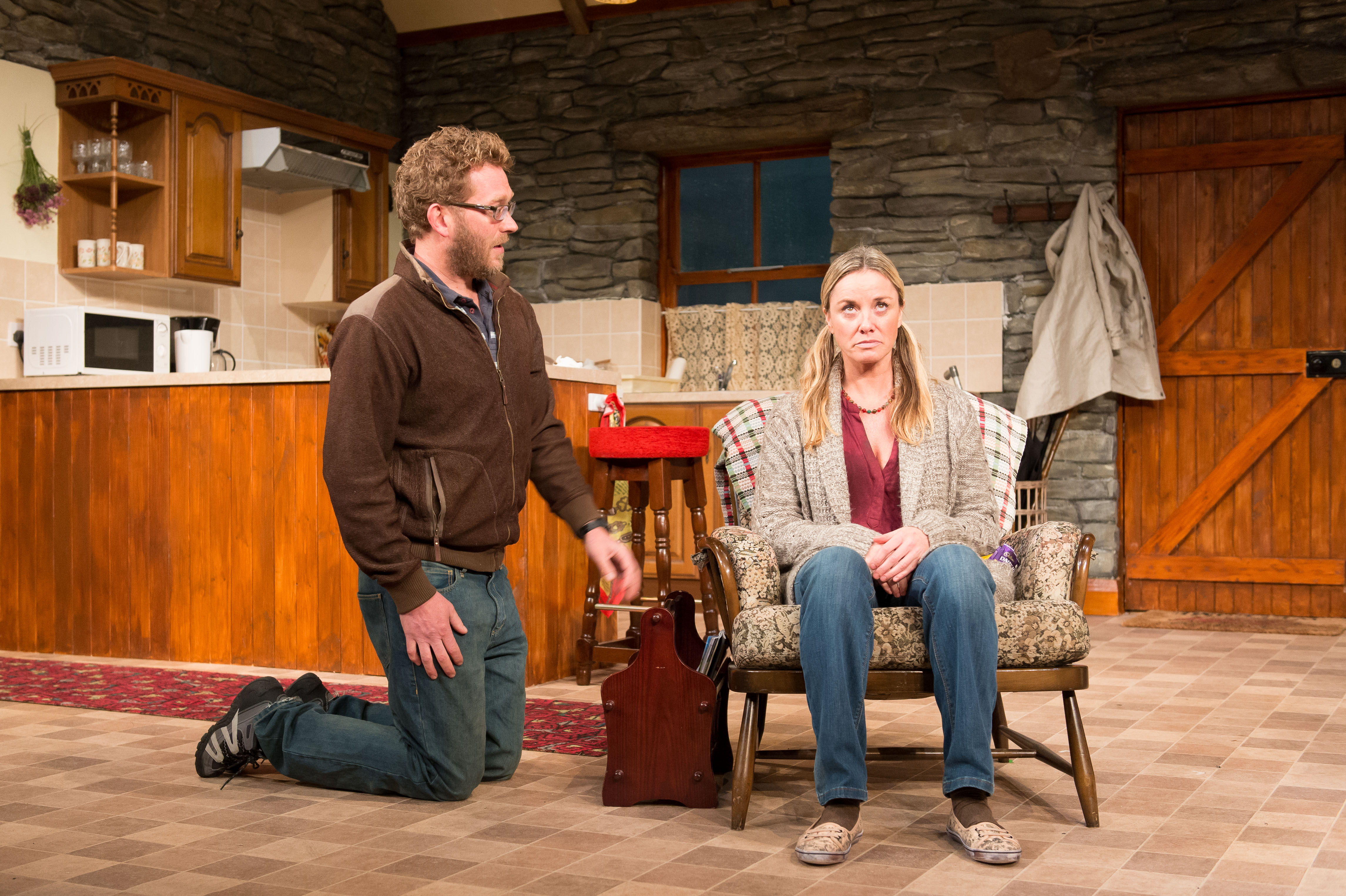A friend of mine used to describe himself as a ‘recovering’ Catholic. Indeed, the impact of the religion on those educated within the faith is well known. A revival of Mary J. O’Malley’s 1976 play, Once A Catholic, set in a convent school close to the Tricycle Theatre – where it opened last night – reminds us what fertile ground for comedy the subject is.
With director Kathy Burke in charge it’s no surprise that it’s all fantastic fun. The simple design has the feel of a sketch show, but Burke holds the drama together and gets the most out of her performers.
Three little maids are the focus. Amy Morgan and Katherine Rose Morley play two Marys, girls having a pretty good time. Their love interests, a Protestant teddy boy and a distinctly noncelibate upper-class toff who wants to be a priest, make great roles for Calum Callaghan and Oliver Coopersmith. Molly Logan playing, you guessed it, another Mary, heads the youngsters. Hopelessly naïve, her innocent questions, such as the nature of the sin of Sodom, disturb the teachers riotously.
The school staff are the best thing. There’s a dotty music teacher, played superbly by Richard Bremmer, and a thoroughly Irish priest, a role taken by Sean Campion. Both live up to every caricature and exploit them to the full. But really stealing the show are the nuns: another trio played by Clare Cathcart, Kate Lock and the scene-stealing Cecilia Noble.
Rich in nostalgia, Once A Catholic is set in 1957 and trades heavily on the innocence of the times to get laughs. The girls’ naivety makes it seem like ancient history and this distance also serves to lighten the casual racism and sexism of the times, sliding over some pretty seedy stuff. Humour is prioritised and Burke excels at this.
There’s little depth to the show, though it’s clear that ignorance is the thing to battle against. It’s a point the play makes well – with its educational setting and poor Mary’s dangerous unworldliness. But with all the fun, there’s little fight in the play; its sacrilegious lines don’t outrage and it lacks a good punch line. There are a lot of laughs to be had though. If it’s comedy you’re after, your prayers will be answered.
Until 18 January 2014
Written 28 November 2013 for The London Magazine

